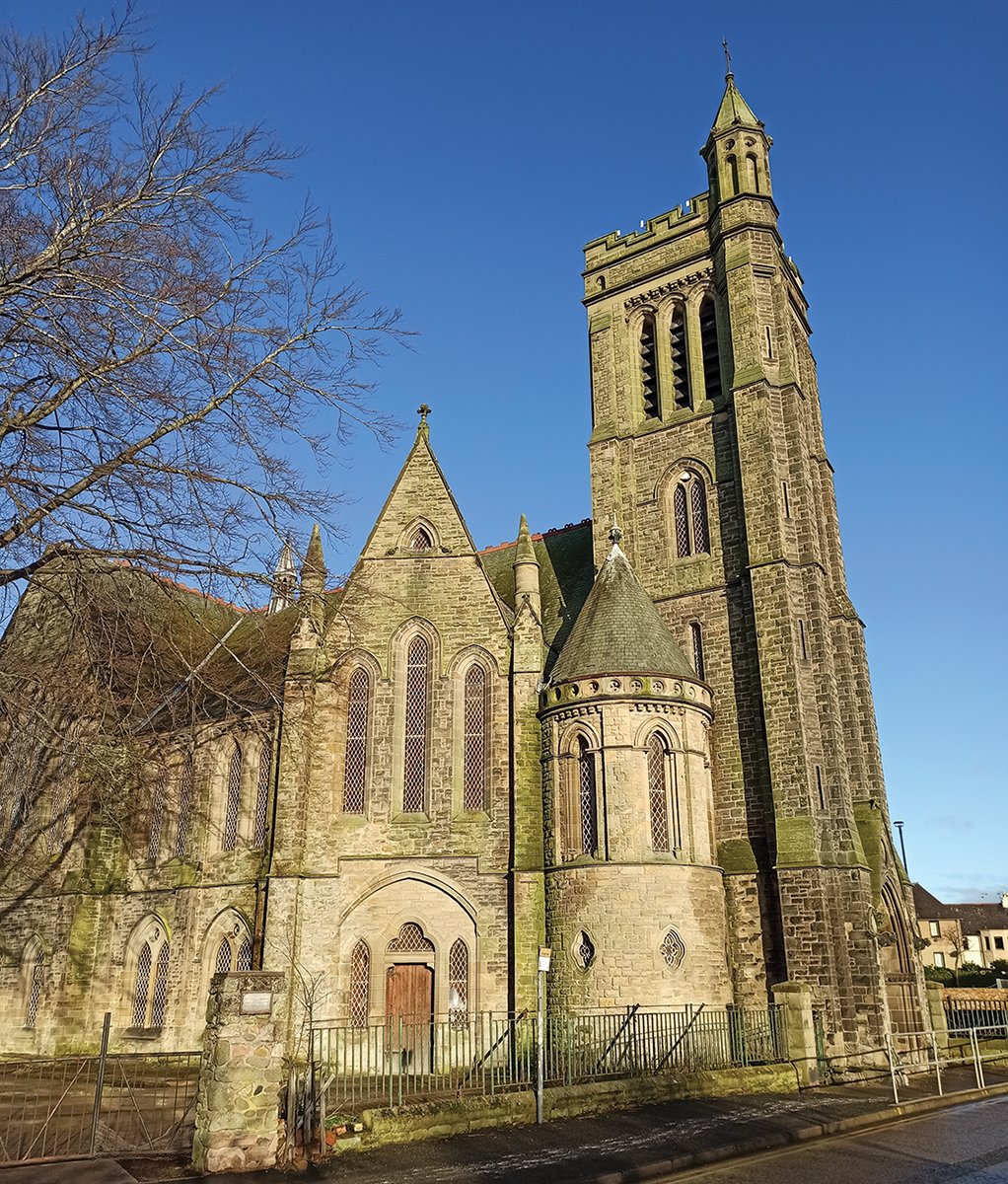In Kelso, Scottish Borders, you can buy a church — this church — for the price of a one-bedroom flat without a garden. All this could be yours: the gothic stonework, gargoyles, stained glass windows, and the cold echo of your footsteps as you walk inside. You could kneel in here alone like a hermit and pray for the world, or gather whoever will join you and try to fill this soaring space with candle smoke and hymns.
You won’t buy it. Nobody will. Who wants the burden of repairs and maintenance on a listed building that cannot be altered from its origins?
And so, it stands, empty and unsought. The mosses and weeds have already claimed their places. The rain will find holes in its roofing, the birds will learn where they may nest, and the stones will erode and crumble here and there. In the end, the building will be deemed a hazard and be demolished, like an ancient temple sacked by invading armies — except that these are not armies but the years, decay, legalities, and logistics.
The town of Kelso has grown, but one imposing church after another stands empty now. She has endured centuries and erosion, dry rot, and the shrinking of the faith that carried her people through lives and deaths and wars and plagues, but she struggles, somehow, with the twenty-first century. One church entity, a small, shrunken group of aging members, wears out its knees in a tiny, rented building, a converted toilet block at the edge of a car park. The gates of hell cannot prevail against creation, and prayer is creation (God has said so). Perhaps all Christendom has sinned, and the candlestick is removed from its place. But He promised He wouldn’t quench a smolder in the wick. And so, the prayers rise, still in expectation as they did from the people of the Exile in the Bible.
When these people finally get a new building of their own, smaller than the towering red stone edifice of their past, it will be the same story. Some will shed tears of gratitude, and others, who remember the glory of former times, will shed tears of sadness. And no one will know which is which.
Because that’s what happened in the Bible (Ezra 3:12, 13). The original temple of Solomon’s design had been so much larger, more beautiful — ornate and luxurious, covered inside with pure glowing gold. The new one, more hastily built and with poorer resources, could never come close.
But — and this, after all, is what matters — that was the temple that would stand at the coming of the Son of David. That was the temple where the aging prophets blessed the newborn Child. The temple that Jesus visited, threw out the profiteers, and read out the words of the prophets. The temple where the curtain tore from top to bottom when forgiveness came.
It would have been nice if the original building had stood there in all its opulent glory. But when that doesn’t happen, it’s not the end, because the end is already written — and it’s better than that.
Fiona M. Jones writes from Kelso, Scottish Borders.







